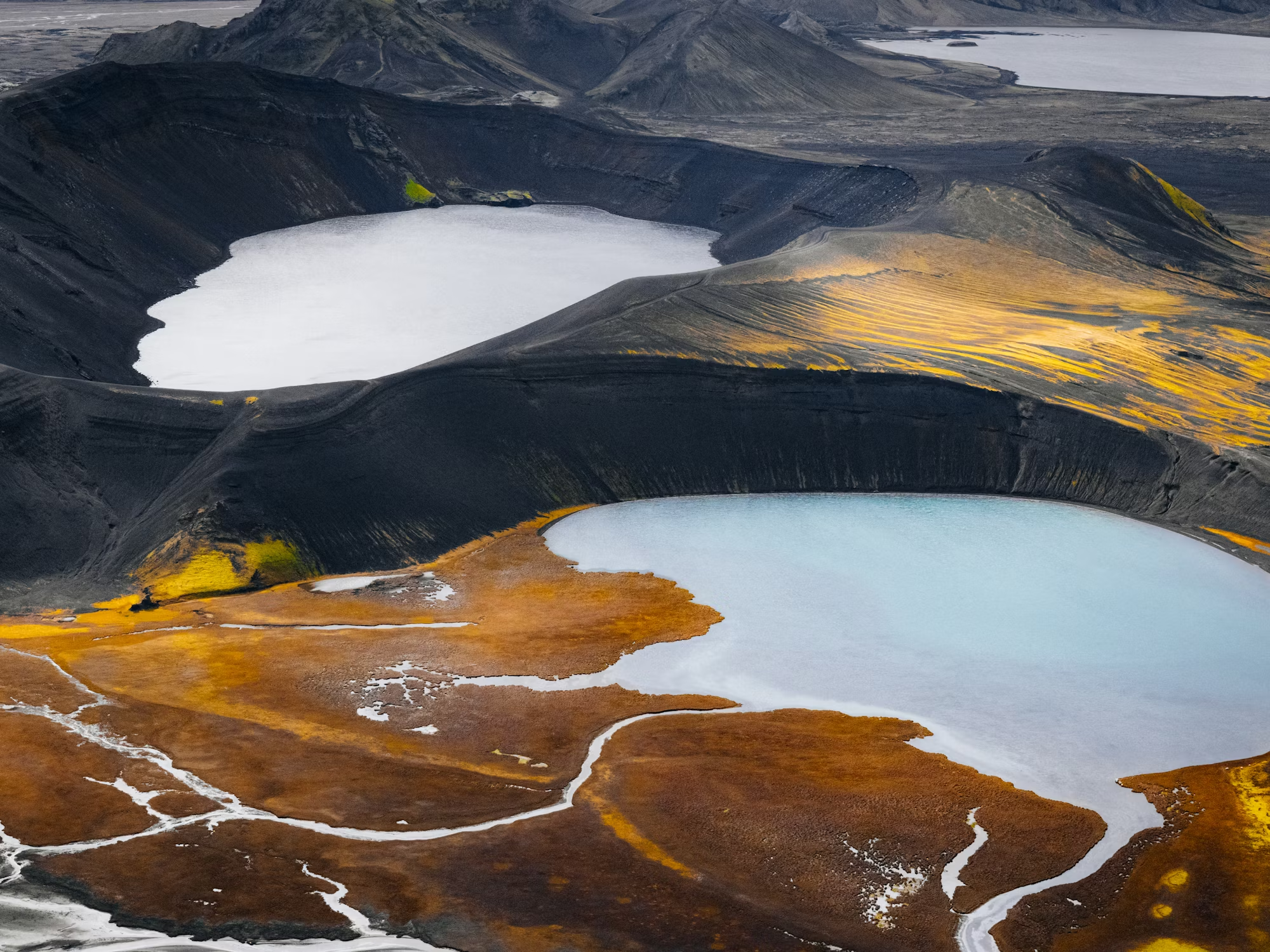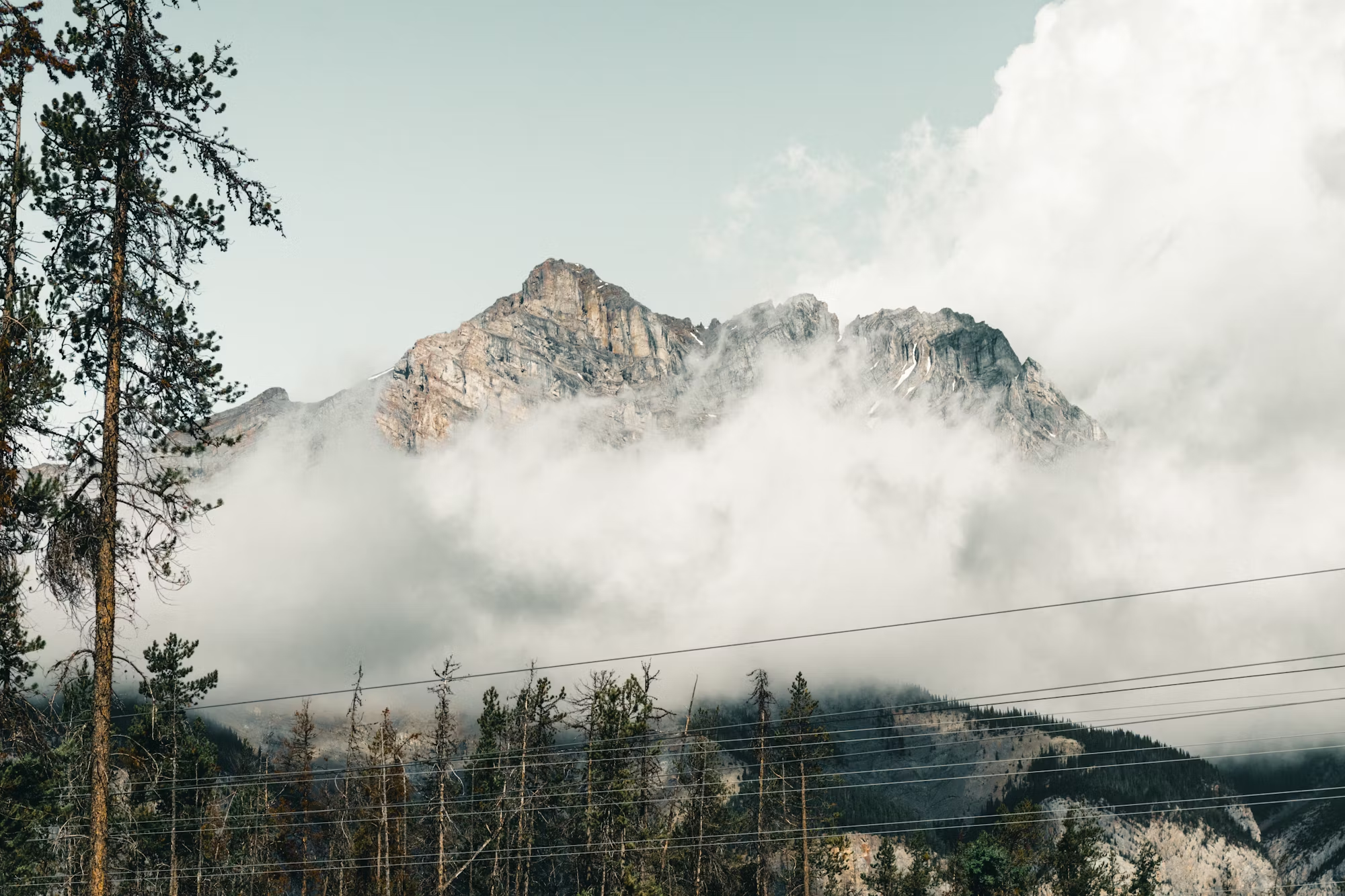Hiking is a transformative activity that offers not only physical benefits but also a profound connection to nature. With diverse styles and environments to explore, hiking appeals to adventurers of all kinds, whether you’re seeking a leisurely stroll through a local park or an exhilarating climb up a rugged mountain. This article delves into the various styles of hiking, essential preparations, recommended gear, and inspiring destinations to help you embark on your next adventure.
The Spectrum of Hiking Styles
Hiking encompasses a range of activities, each with its own unique challenges and rewards. Understanding the different types of hiking can help you choose the right adventure based on your interests and fitness level.
1. Day Hiking: Quick Escapes
Day hiking is perfect for those looking to enjoy nature without the commitment of an overnight trip. These hikes can vary from a few hours to a full day and typically follow well-marked trails, making them accessible for beginners and families.
Planning Your Day Hike
When planning a day hike, consider these essential tips:
– Trail Selection: Research local trails that fit your skill level and desired scenery. Websites and apps often provide valuable information on trail conditions and points of interest.
– Packing Essentials: Always pack water, snacks, a first aid kit, a map, and a flashlight. Dress in layers to accommodate changing weather and wear appropriate footwear for comfort.
– Leave Early: Starting your hike early can enhance your experience by allowing you to enjoy cooler temperatures and less crowded trails.
2. Backpacking: An Immersive Experience
Backpacking takes day hiking a step further, allowing adventurers to spend multiple days in nature while carrying all necessary gear. This style offers a unique chance to explore remote areas and connect deeply with the environment.
Key Considerations for Backpacking
Preparing for a backpacking trip requires careful planning:
– Choose the Right Backpack: A well-fitted backpack is crucial for comfort over long distances. Look for one with a supportive frame and adequate storage.
– Shelter Solutions: Select a lightweight tent or hammock for your campsite. Ensure it’s easy to set up and transport.
– Cooking Gear: A portable stove, cooking utensils, and a food storage system are essential for preparing meals on the trail.
3. Mountaineering: The Ultimate Challenge
For those who crave adventure, mountaineering combines hiking with technical climbing. This challenging style often requires specialized equipment and skills, making it ideal for experienced hikers.
Essential Skills for Mountaineering
If you’re interested in mountaineering, consider the following:
– Training: Take courses to learn climbing techniques, navigation skills, and safety practices. Gaining knowledge from experienced climbers can boost your confidence.
– Proper Equipment: Invest in climbing gear such as harnesses, ropes, and crampons to safely navigate steep, icy terrains.
4. Thru-Hiking: A Long-Distance Adventure
Thru-hiking involves traversing an entire long-distance trail, such as the Appalachian Trail or Pacific Crest Trail. These journeys can take weeks or months and require significant planning and dedication.
Preparing for a Thru-Hike
Successful thru-hiking requires thorough preparation:
– Route Research: Familiarize yourself with your chosen trail, including water sources and resupply points. Detailed maps and guidebooks are invaluable.
– Physical Conditioning: Build your endurance with progressively longer hikes leading up to your trip, allowing your body to adapt to the demands of long-distance trekking.
– Community Engagement: Connect with fellow hikers through online forums or local clubs to share tips and experiences, which can greatly aid your preparations.
5. Trail Running: Speed Meets Nature
Trail running combines the thrill of running with the beauty of natural landscapes. It allows enthusiasts to experience the outdoors while getting a great workout.
Tips for Trail Running
– Start Gradually: If you’re new to trail running, begin with shorter distances and gradually increase your pace and duration.
– Select Appropriate Footwear: Invest in trail running shoes that offer support and grip for uneven terrain.
6. Urban Hiking: Discovering City Landscapes
Urban hiking presents a unique opportunity to explore cities on foot, focusing on parks, cultural landmarks, and historical sites. It’s a great way to appreciate urban settings in a new light.
Finding Urban Trails
Many cities have designated walking paths or parks ideal for urban hiking. Look for guides that highlight local attractions, public art, and scenic views to enhance your exploration.
7. Winter Hiking: Embracing the Cold
Hiking in winter transforms familiar trails into stunning snowy landscapes. This style requires special gear and preparation to safely navigate icy conditions.
Winter Hiking Essentials
– Layer Up: Dressing in layers is crucial for staying warm and dry in cold weather. Choose moisture-wicking base layers, insulating mid-layers, and waterproof outer layers.
– Invest in Insulated Footwear: Sturdy, insulated boots with good traction are essential for winter hikes to ensure safety on slippery surfaces.
Essential Tips for All Hikers
Regardless of the type of hiking you choose, following best practices can enhance your outdoor experience:
– Stay Hydrated: Always carry sufficient water to maintain hydration, especially on longer hikes.
– Leave No Trace: Respect the environment by packing out what you bring in and minimizing your impact on wildlife and natural areas.
– Know Your Limits: Select hikes that match your fitness level and experience. Enjoying the journey is just as important as reaching your destination.
Breathtaking Hiking Destinations
Across the globe, countless stunning hiking trails await your exploration. Here are a few must-visit destinations:
– Yosemite National Park, California: Famous for its stunning granite cliffs and beautiful waterfalls, Yosemite offers trails for all skill levels and is a haven for nature lovers.
– Banff National Park, Canada: This park is known for its breathtaking mountain scenery, pristine lakes, and diverse wildlife, creating a paradise for hikers seeking adventure.
– Cinque Terre, Italy: The picturesque coastal trails of Cinque Terre connect charming villages, offering stunning views of the Mediterranean Sea.
– Torres del Paine National Park, Chile: Renowned for its dramatic landscapes and iconic peaks, this national park is a must-visit for trekkers looking for an unforgettable experience.
Conclusion
Hiking is a rewarding and enriching activity that invites individuals to explore the wonders of nature, engage in physical fitness, and appreciate the beauty of the world around us. With a variety of hiking styles available—from casual day hikes to demanding mountaineering adventures—there is something for everyone to enjoy. By properly preparing and understanding the nuances of each hiking style, you can create unforgettable experiences. So, gather your gear, embrace the beauty of nature, and embark on your next hiking journey. The trails are calling, and they hold endless stories waiting to be discovered.



